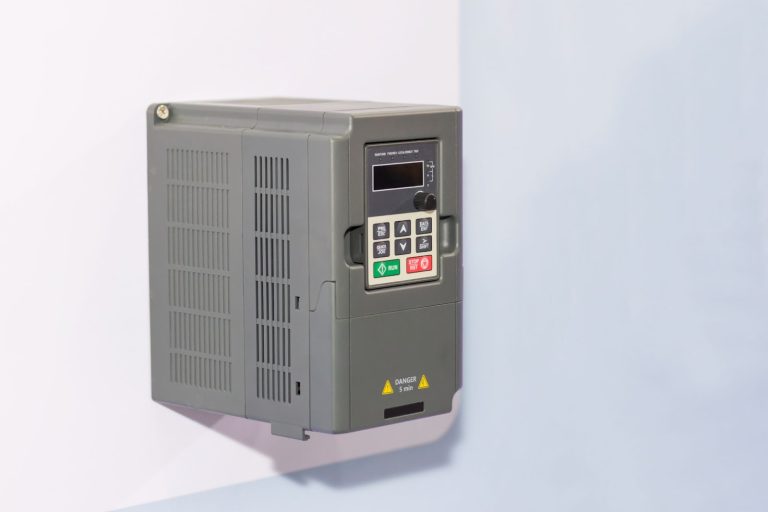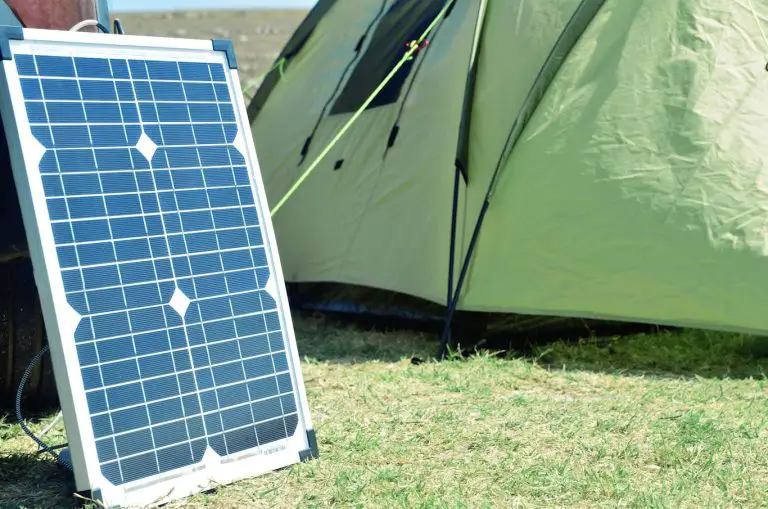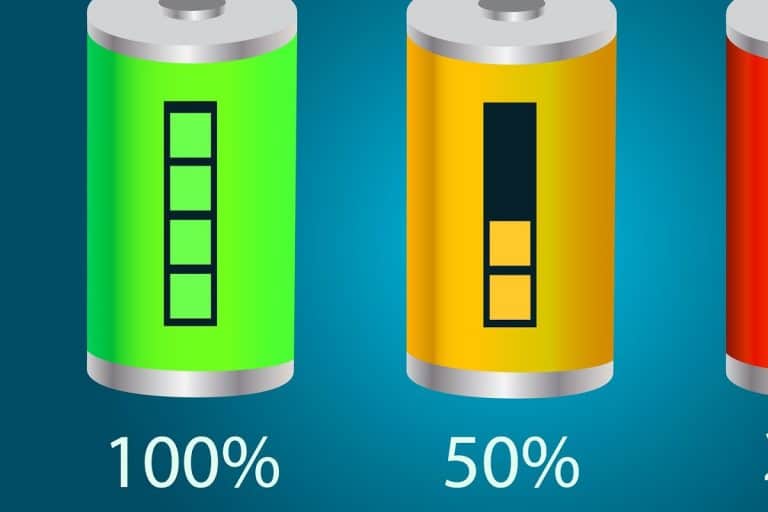What You Need To Know About Solar Phone Chargers
Solar phone chargers keep the phone powered when there is no direct source of electricity. Solar phone chargers depend on energy from the sun. Direct charging and the use of batteries are all possible phone charging solutions. They are beneficial for backpackers during blackouts and long-distance travel.
When most people think about solar power, they picture large panels on a farm or roof. But many uses for smaller solar powered setups have popped up over the years. Solar phone chargers are one example. Learn what they are, how they work, and why everyone should be interested in them.
Why Do I Need To Know About Solar Battery Chargers?
The need for electricity worldwide continues to rise at an alarming rate, increasing the power demand. Fossil fuels such as petroleum, natural gas, and coal generate electrical energy. Generating these resources is neither suitable nor sufficient when trying to keep up with the world’s electrical energy needs.
Natural gas and coal-based power plants produce electricity, but their downside is that they create pollution. Unfortunately, this means that they will likely cause more harm than good in the future if their generating capacity is increased. It becomes crucial to look at other sources of energy that pose less risk to the general human population.
The Importance Of Solar Energy
Solar energy is a great stand-in in the absence of electricity during a power outage. Solar energy can be converted to electrical energy and utilized for domestic purposes. Solar chargers employ solar energy for electricity supply to charger batteries or other devices.
Generally, these chargers are portable and only utilize the sun’s energy. You can find others in a fixed location. These include solar chargers that have several solar cells. You can connect such chargers to battery banks where they store energy for usage when it’s off-peak.
The world continues to grow better by finding alternative ways to generate power that can be quickly adopted due to their effectiveness. Some non-conventional methods include thermoelectric generators, wind power generation, tidal power generation, solar cells, solar power generation, and geothermal energy.
The energy that supports a sustainable future enables technologies such as smart grids, electric vehicles, and innovative consumer electronics. These technologies utilize batteries. Sunlight energy alleviates the limits batteries face.
Why Do We Need A Solar Charger?
Brazil is among the countries committed to developing systems and products. The country does this by incorporating renewable sources and manufacturing processes that are cleaner and in line with its environmental policies. Through this, they stand out in the world with the highest renewable energy matrix.
45.4% of the country’s consumption is directed to ethanol, biomass, and water resources. It is in addition to the more than 75% of electricity needs of the population that is met by hydroelectric plants, solar energy, and wind energy.
Photovoltaic solar energy is the primary alternative energy source thanks to its minimal pollution characteristics. Not only is it quiet and low maintenance, but it also requires a short time to install and operate. As a result, its environmental impact is low.
What Statistics Reveal?
The Brazilian Institute of Geography and Statistics determined that 93.2% of the population owned mobile communication devices. These included tablets and mobile phones. It also established that 90% of the population are away from home daily to study or work, and the charges on these batteries last seven hours when these devices are heavily used.
It certifies the need to charge such devices during the day. Solar chargers simplify this action, particularly when far from electric outlets.
Charging is a necessity that you cannot ignore for smart electronics that have capacity-limited batteries. With solar and photovoltaic, the convenience of battery charging is made possible. It can be attributed to the high power density available in the sunlight outdoors.
As mentioned before, sunlight is an abundant source of clean energy. However, a concern with photo voltaic comes from the absence of sunlight at night or cloud cover during the day. Batteries provide a great solution to these concerns. You can charge these batteries when there is sunlight and discharge them even without sunlight.
Is It Good To Charge Phone With Solar?
Charging phones with solar is a good idea, particularly for those who spend a lot of time off the grid. There was a time when solar chargers were considered a novelty. These days, however, they are a practical solution powerful enough to get phones to their full charge in a couple of hours. Campers and hikers find this a great option. Also, they come in handy; you can keep them in cars for emergencies.
There are two types of solar chargers in existence; those with batteries and those without.
Solar Chargers With and Without Battery
Those with batteries tend to be pricier. The absence of a battery means phones will have to stay plugged into the charger while it soaks up the solar energy for recharging. Another viable solution is connecting a power bank to the charging system for electricity storage.
Other types of solar phone chargers work by being plugged into an electrical outlet without electricity. Public solar chargers also exist and work by being permanently installed in public areas such as squares, streets, and parks.
Why Do Solar Phone Chargers Differ?
The designs of solar phone chargers differ from model to model. Shapes and configurations are unique. Others need to be folded, such as the Endless sun solar, while others need unfolding, such as the Solio. These chargers come in strapped form with the solar cells outside and the rechargeable batteries inside.
With advanced technology, solar panels have become smaller and lighter, and their efficiency has improved drastically. The once too big difficult-to-carry chargers are now folded down and placed in a travel case. Some equally hang on backpacks while hiking.
Solar phone chargers are found with campers traveling remote areas, touring the wilderness, or attending festivals. Larger solar chargers keep car batteries, boats, and motorhomes from going flat.
Do Solar Phone Chargers Work?
Solar phone charges do work. With the increased conversation on renewable energy, advancement on the same is the safest ticket out of the emerging energy crisis. Areas with adequate sun reach, such as markets, and place bus stops, can all hold charging stations with a canopy style. It can extend to train and bus windows, providing electric power to traveling passengers.
Solar phone chargers aren’t limited to homes and public spaces; you can also incorporate them in workspaces. These portable emergency charging units will be crucial during load shedding. It will, in turn, result in reduced generator usage. Using expensive diesel fuel is minimized, consequently protecting the environment from more pollution.
Research conducted found that sunlight is highly effective and has high power output. In every environment the test was conducted, the charger controller tested proved active, and the battery charging was successful. Properly setting up the charger controller is necessary. The solar cell’s power should get to batteries devoid of any power losses.
Does Solar Charge Damage Battery?
Solar can damage phones. However, this only occurs when using solar chargers to charge phones directly instead of utilizing an internal battery. A poorly controlled output will play a large part in such damages. A good example is the supply of excessive voltage and exposure to bright sunlight. When bright light is minimal electrical output may be too low, discouraging any form of charging.
To avoid such damaging situations, it is necessary to utilize charge controllers. Charger controllers control current flow to and from batteries. They equally protect appliances connected to batteries. Most batteries barely recover after over-discharging or overcharging, making incorporating controllers vital as it prolongs their service life.
Types Of Charger Controllers
Types of charger controllers include single-stage controls, shunt controls, and multistage controls. Shunt controllers, for example, monitor the maximum point of charging of the battery. Once this level is reached, the shunt controller alienates the photo voltaic rays. The surplus energy becomes heat.
Other than regulating current and voltage, solar charge controllers keep power from getting back to panels which causes batteries to drain at night. Other charge controllers also have lighting and load control, but voltage and current control remain their primary responsibility.
What Size Solar Panel Do I Need To Charge Cell Phone?
The time it takes to charge a phone using a solar panel depends on the panel’s efficiency and size or the capacity of the batteries. Fold-out designs have larger solar panels making their charge current high. Solar panels can also charge music players and Bluetooth headsets.
Solar panels capture and convert sunlight into electricity using PV cells. Every panel consists of silicon ‘wafers’, parallel or series, connected to create solar modules. Solar panels that are standard sized are available in two categories, and they correspond with cell counts. These are the 72-cell panels and the 60-cell panels.
The 72 cell panels are used for commercial and industrial applications, while you need 60 cells for residential purposes. Solar panels come in various sizes ranging from 0.3 watts to 390 watts. Cell counts directly affect the voltage output of a panel. A large number of solar chargers can handle 12 volts of DC.
How To Use Solar Power Charger?
To understand how a solar power charger works, it’s necessary to comprehend solar batteries and how they operate.
Solar systems in residential homes get 4-6 hours of sun daily. During this time, most individuals are in school or at work. Solar batteries charge during these times and provide energy during blackouts or at night. Using solar batteries requires harnessing solar power, battery charging, and battery discharging.
The three-step process starts with harnessing solar power. Sunlight is converted to electrical energy using solar panels. Once it generates electricity, it is stored in batteries or converted to usable power.
Battery power is recharged and charged within batteries. Solar power inverters contain charge controllers that manage the supply of energy. Once batteries are fully charged, they can power other appliances.
Solar Panels, Regulators, And Phone Chargers
Solar Panels
Solar panels can recharge batteries that charge mobile phones. These batteries are capable of charging phones in the absence of sunlight. Such batteries include internal Lithium-ion or removable NiMHS or AA NiCad’s. The battery’s capacity determines the frequency you can charge mobile devices before using the solar panels again.
You should monitor phones that lack blocking diodes. It is to keep them from draining power from phone batteries. You should disconnect phones from empty batteries.
Most solar chargers these days come with connectors included. Such connectors support the charging of various mobile devices such as phones. The evolution of connectors in the phone industry has encouraged similar changes in solar connectors. Focusing on the type of connector a solar panel has helped eradicate incompatibility issues with phones.
Solar Battery
Solar batteries are of different models, but not all of them are for phone charging. They include lead-acid, lithium-ion, nickel-cadmium, and flow batteries.
While lithium batteries are considered somewhat new, they offer updated technology features. Phones, laptops, and other portable devices utilize these batteries. Thanks to their lightweight, compact and efficient nature.
Directly charging a phone from a solar panel is equally possible. A cigarette lighter adapter of 12v works perfectly. Solar panels have socket attachments and are readily available in phone shops. Remember that phone models only allow power at a specific rate.
A good example is the Nokia phones. A passing cloud could equally disrupt the charging process. Resetting may be necessary for the phones to keep charging. It means disconnecting from panels and then reconnecting. It means that despite available power, these devices won’t charge.
Solar Chargers With USB Ports
USB solar chargers are best during a long camping trip or when traveling to areas with unreliable power. You can also place these chargers in emergency kits. Solar chargers only require a couple of hours to charge phones like iPhone X fully. However, individuals should opt for USB power banks first.
Power banks ensure phones have power for several days; they are smaller and don’t depend on the weather conditions. USB chargers with 10 watts and higher are better as they can charge phones for an entire day. While models that offer more power are great, it’s equally essential to look at their level of portability.
Chargers with multiple USB ports should take precedence when choosing a charger. They allow you to charge various devices or even enable sharing with other individuals.
Summary
There are various reasons why you need to know about solar phone chargers. One of the main reasons is that it promotes the strides made to support clean energy. Several steps have been taken away from fossil fuel energy that does more harm than good to the environment. All this is to save and protect the environment.
Renewable energy sources such as solar energy significantly progress towards a healthier ecosystem. More people should learn about solar phone chargers as it affects their well-being one way or another. Another reason people should know about solar phone chargers is because of the convenience it provides.
Blackouts and being in locations where electricity is a luxury can prove stressful when trying to work or reach out to loved ones. With portable solar chargers, however, one can keep their device juiced up wherever they are and no matter the circumstance.







